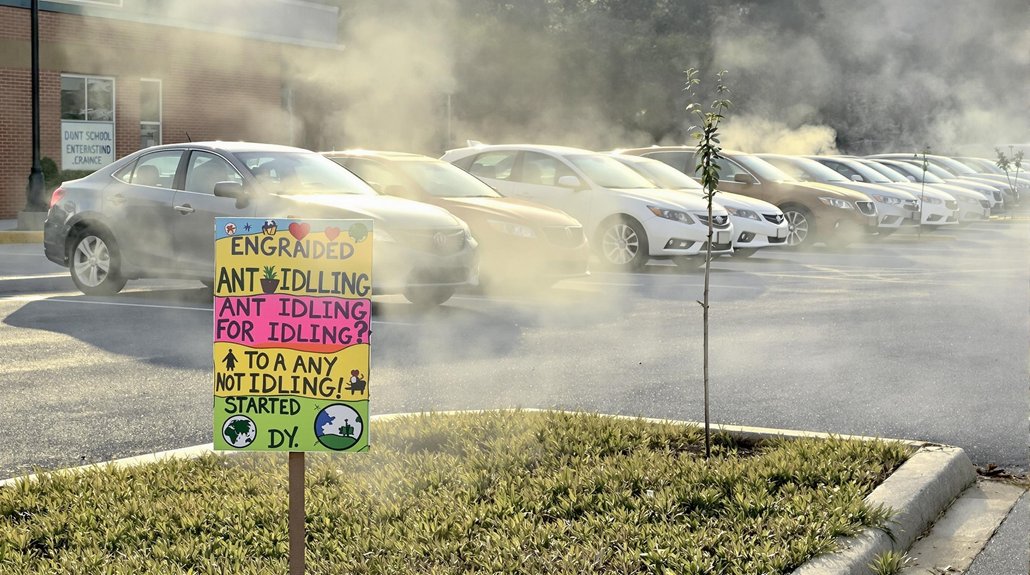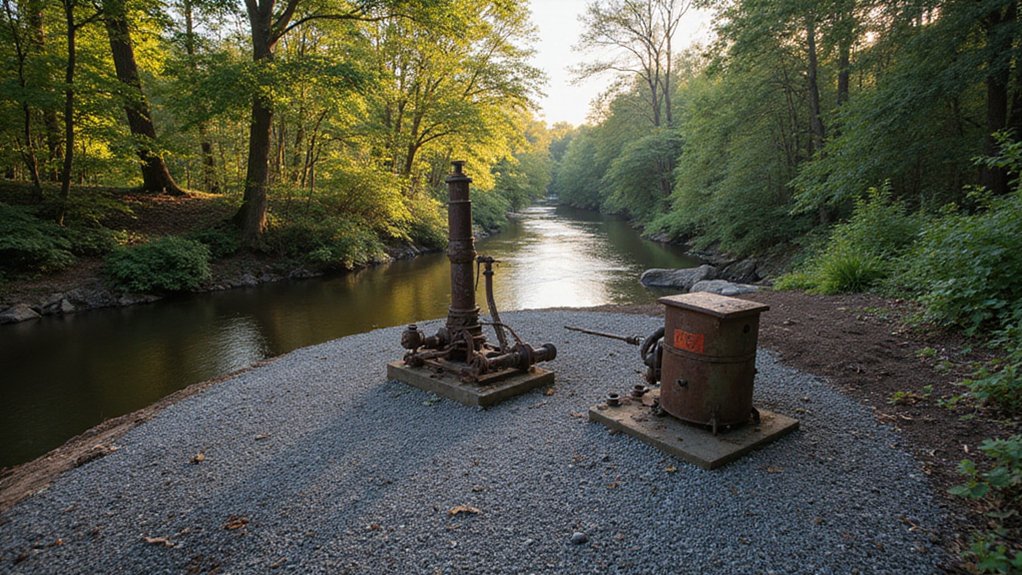While parents believe they’re helping their children by driving them to school, a growing movement of student activists is challenging this common practice. These young eco-warriors are raising concerns about the environmental and health impacts of car drop-offs at school gates.
Private cars at schools create significant problems. They cause traffic jams and produce harmful emissions. Students from diverse backgrounds at Parkrose are particularly concerned about how vehicle emissions affect their already environmentally burdened neighborhood. Converting these areas to green spaces would provide numerous environmental benefits while reducing harmful urban heat island effects. Studies show school-related traffic can account for up to 25% of morning rush hour pollution in some neighborhoods. This affects air quality around schools where children spend their days.
School drop-offs contribute up to 25% of rush hour pollution, creating traffic congestion and worsening air quality for children.
The health risks are real. Car emissions contain nitrogen dioxide and particulate matter that can trigger asthma attacks and other respiratory problems. Students and staff report headaches, eye irritation, and worsened breathing conditions when exposed to these pollutants.
Beyond air quality concerns, cars at schools reduce green space and create runoff that harms local water systems. Parking lots collect chemicals and heavy metals that wash into streams and rivers during rainstorms. The emissions from school drop-offs contribute to the greenhouse effect that has intensified by 43% since 1990.
Student activists aren’t just complaining – they’re taking action. Many conduct surveys to document pollution impacts. Some create QR code campaigns to engage peers and parents. Others organize school strikes modeled after the Fridays for Future movement.
These efforts are working. Student campaigns have led to “no idling” zones at many schools. Some have secured grants for sustainability projects. In several regions, student lobbying has resulted in new policies limiting car access near schools.
One successful approach involves students presenting data directly to school boards and local government officials. They advocate for better walking paths, bike lanes, and public transit options.
By partnering with environmental organizations, students gain resources and mentorship to sustain their efforts. They give classroom presentations and lead assemblies to build support among their peers.
These young activists are proving that age is no barrier to creating change. They’re challenging parents’ habits while offering practical solutions that benefit both human health and the planet.
References
- https://rethinkingschools.org/articles/environmental-justice-activists-look-like-my-students/
- https://environment-review.yale.edu/reimagining-parking-unlikely-spaces-climate-resilience
- https://impakter.com/the-role-of-student-activism-in-environmental-conservation/
- https://www.pointsoflight.org/awards/the-student-turning-data-into-action-and-revolutionizing-sustainability-in-schools/
- https://www.worldbank.org/en/news/press-release/2024/09/04/education-for-climate-action-400m-students-affected-climate-related-school-closures








